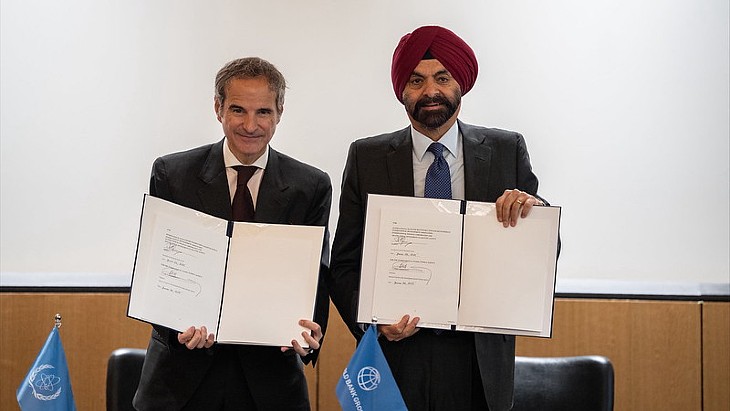Contract for ITER vacuum vessel assembly
.jpg)
ITER's plasma chamber, or vacuum vessel, houses the fusion reactions and acts as a first safety containment barrier. With an interior volume of 1400 cubic metres, it will be formed from nine wedge-shaped steel sectors that measure more than 14 metres in height and weigh 440 tonnes. The ITER vacuum vessel, once assembled, will have an outer diameter of 19.4 metres, a height of 11.4 metres, and weigh approximately 5200 tonnes. With the subsequent installation of in-vessel components such as the blanket and the divertor, the vacuum vessel will weigh 8500 tonnes.
The fabrication of the vacuum vessel sectors is shared between Europe (five sectors) and South Korea (four sectors). Vacuum vessel sector 6, at the centre of the assembly, and associated thermal shielding has already been manufactured and delivered by the Korean Domestic Agency. The first sector, 5, being supplied by Europe has now been manufactured in Italy and is undergoing factory acceptance tests prior to being shipped to the construction site.
Shen Yanfeng, deputy general manager of China National Nuclear Corporation, noted that the signing of the agreement means that the Chinese-French consortium has become the sole contractor for the installation of the Tokamak machine of the ITER project.
China formally agreed to join the ITER project in 2006. Since 2008, China has undertaken 18 procurement package tasks of research and manufacture, involving key components such as the magnet support system, magnet feeder system, power supply system, glow discharge cleaning system, gas injection system, and the 'first wall' of the reactor core, which is capable of withstanding extremely high temperatures.
In September 2019, the five-member Chinese-French consortium signed the TAC-1 installation contract with ITER, marking the beginning of China's in-depth participation in the tokamak. TAC-1 focuses on the assembly of the cryostat and cryostat thermal shield, the magnet feeders, the central solenoid, poloidal field and correction coil magnets, and cooling structures and instrumentation.
ITER is a major international project to build a tokamak fusion device in Cadarache, France, designed to prove the feasibility of fusion as a large-scale and carbon-free source of energy. The goal of ITER is to operate at 500 MW (for at least 400 seconds continuously) with 50 MW of plasma heating power input. It appears that an additional 300 MWe of electricity input may be required in operation. No electricity will be generated at ITER.
Thirty-five nations are collaborating to build ITER - the European Union is contributing almost half of the cost of its construction, while the other six members (China, India, Japan, South Korea, Russia and the USA) are contributing equally to the rest. Construction began in 2010 and the original 2018 first plasma target date was put back to 2025 by the ITER council in 2016. In June last year, the ITER Organisation was expected to reveal a revised timeline for the project but instead put back by a year an announcement on an updated timeline.
The revamped project plan for ITER - with modifications to its configuration, phased installation and new research schedule - is being finalised ahead of being submitted to the ITER Council in June.
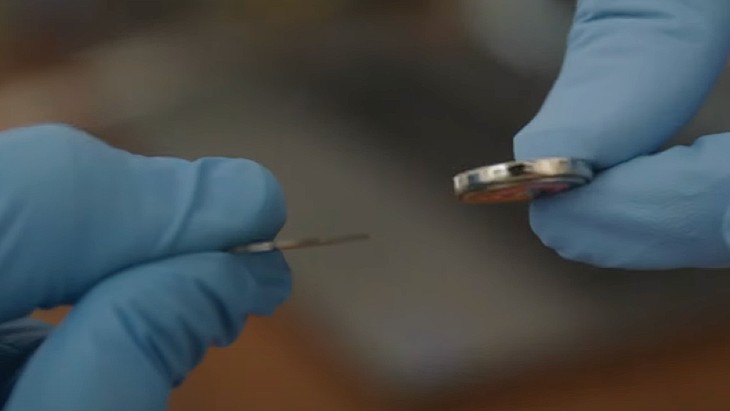
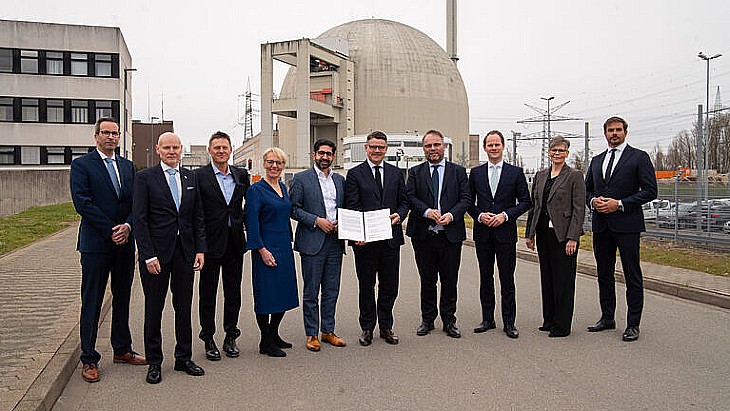
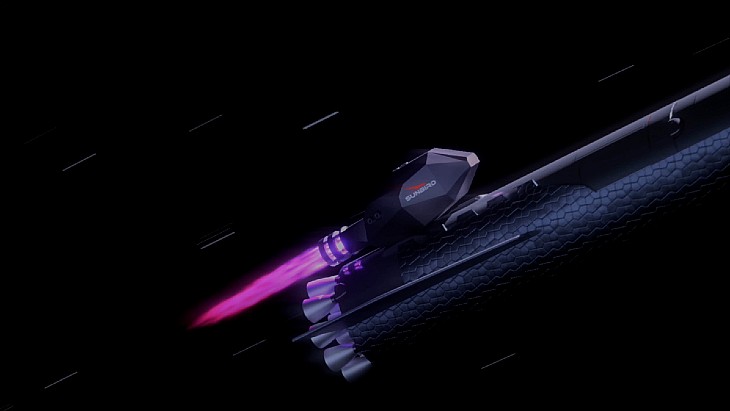
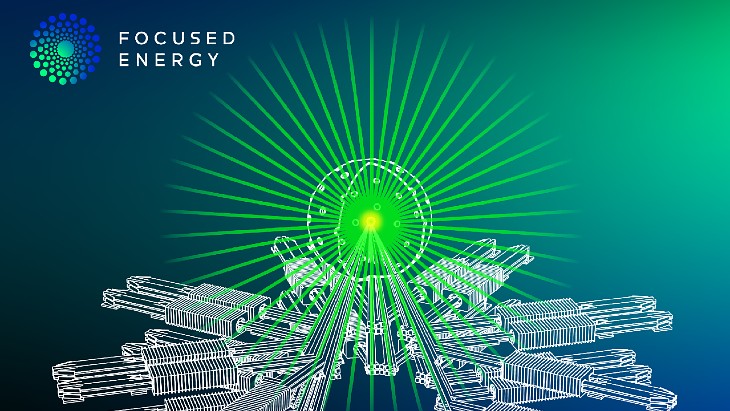





..._58412.jpg)
